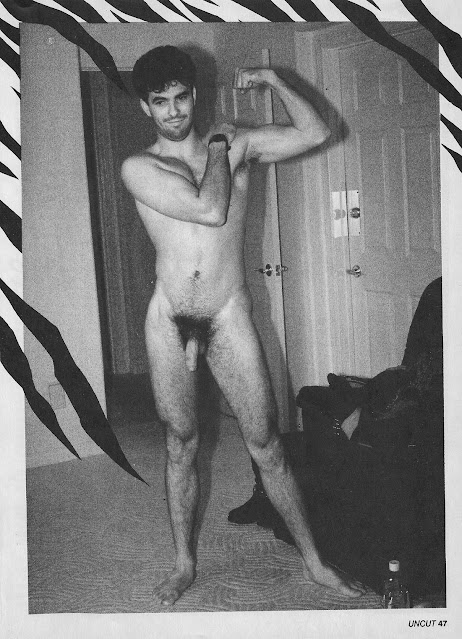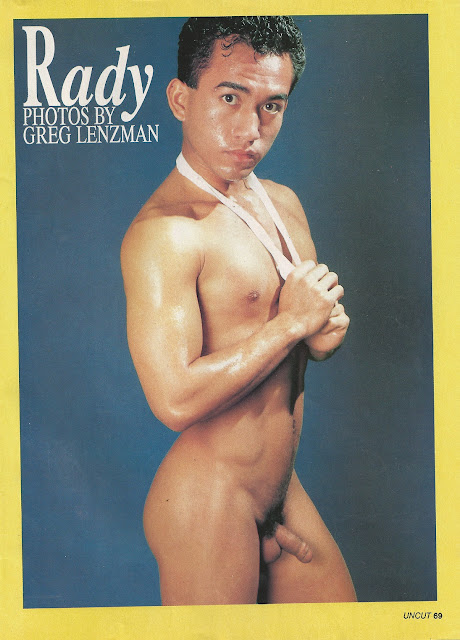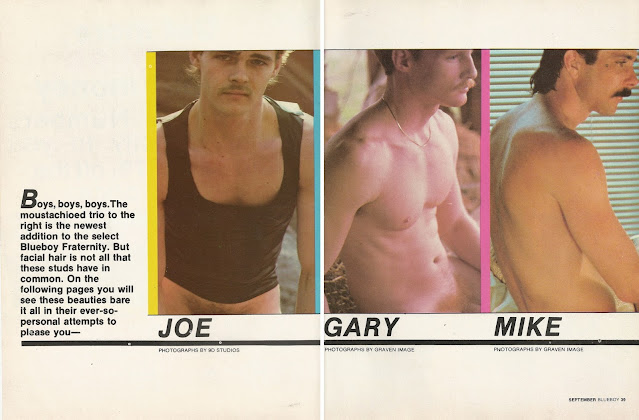Friday, September 24, 2021
Uncut (September 1990), Part Two
Friday, September 17, 2021
Uncut (September 1990), Part One
A highly reclusive and secretive individual, the artist known as Rex became a major contributor to the homoerotic art scene during the 1970s and 1980s. Inspired by Tom of Finland and the official artist of Wally Wallace’s Mineshaft in New York, Rex paired the hypermasculine aesthetic with leather and sadomasochistic culture to engender a unique style of brawny hedonism. Sadly, in July of 1981, an arsonist’s burning of the Barracks bath on Folsom Street destroyed Rex’s neighboring studio, an event romanticized in both the film Rex Video Gallery (1993) and Jack Fritscher’s novel Some Dance to Remember (2010). This September 1990 issue of Uncut (which had been broken into two parts) features a showcase of the art’s work. Also included in the first half are photo spreads of models Armondo, Jesus, and Chase Lundgrin. NOTE: THIS PARTICULAR ISSUE WAS FOUND INCOMPLETE AMONG THE BOXES OF MAGAZINES; HENCE, ITS SPARSE PRESENTATION.
Friday, September 10, 2021
Blueboy (September 1981), Part Two
Friday, September 3, 2021
Blueboy (September 1981), Part One
Along with plaid shirts, tight jeans, and work boots, facial hair, namely beards and mustaches, were the hallmarks of the clone appearance which consumed the identity of gay men throughout the 1970s and beginning of the 1980s. A hyper-masculine aesthetic that aimed to counteract the effeminate stereotypes society had pushed onto the community, the look became, for the first time in homosexual history, a universal persona adopted by gay men throughout the world. This September 1981 issue of Blueboy (which has been broken into two parts) champions the look with its photo spreads of “the moustachioed trio” Gary, Joe, and Mike, along with model Charley Smith (who will be featured next week). NOTE: THIS PARTICULAR ISSUE WAS FOUND INCOMPLETE AMONG THE BOXES OF MAGAZINES; HENCE, ITS SPARSE PRESENTATION.



























































